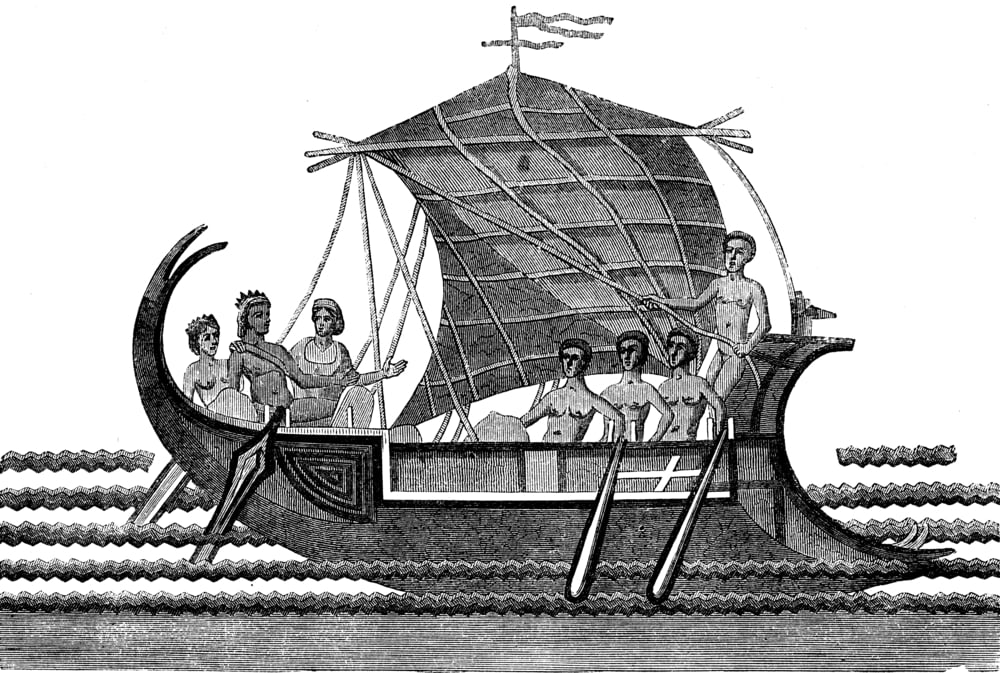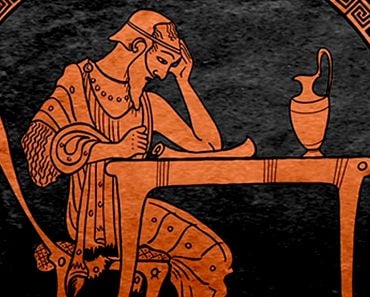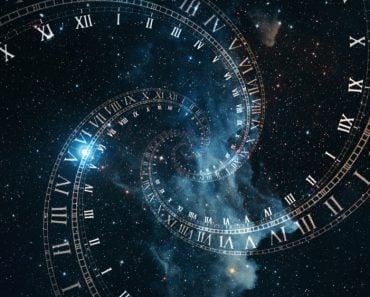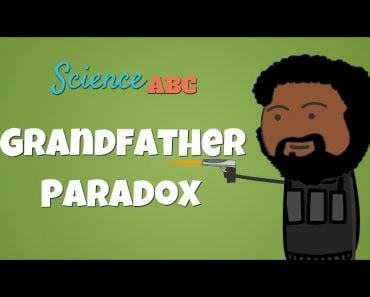Table of Contents (click to expand)
The ship of Theseus paradox is a paradox that questions the identity of an object. If an object, say a ship, is gradually remade with new wood, is the ship now a new ship? The paradox has been tackled by several philosophers over the course of history, each of whom proposes a different resolution to the paradox.
What is your identity?
Is it your name? The way you look? The way you speak or your distinct hand gestures?
As a people, we are obsessed with identity. We meet new people and the first thing we do is ask them how they should be addressed. In many cultures, the surname indicates the person or family’s role in society or occupation (often in the past). Baker, Archer, or Weaver are common names in Western English-speaking regions. In Indian culture, the surname is also used to infer a person’s caste.
Apart from names, our face and appearance indicate our identity. Having an interestingly shaped nose or wild, unruly hair becomes a person’s identifying characteristic. There are so many people in this world that are famous solely for the way they look. Their features become their identity.

Recommended Video for you:
A New You?
According to scientists, the human body replaces 330 billion cells a day. This means that with every passing minute, you have 229,166,667 new cells in your body. At this rate, in 100 days, you’re practically brand new!
Are you, therefore, the same person you were a hundred days ago?

Consider this: you fall down the stairs and break multiple bones. The doctors at the hospital say they need to insert metal rods in multiple fracture sites to help you heal. At this point, you feel more metal than man. Have you become a new part-organic, part-metal creature?
Plastic surgery can help you change your physical appearance. In some cases, the changes are so drastic that the person becomes unrecognizable. Despite the fact that they look different, are they still the same person?
In many cultures, after marriage, one partner (usually the wife) adopts the other partner’s last name (usually the husband’s). And people can change their names regardless of marriage. Are they still the same people they used to be before they changed their names?
If your answer to all or most of the questions above is ‘yes’, then I feel compelled to ask… why? Why are they still the same person? We use names and faces to identify people, so when their names and/or faces have changed, they have too, right? You might disagree and say that their faces and names may have changed, but their personality hasn’t. My cells may be brand new, but I still act and think and feel the same. I may have multiple nuts, bolts, and rods in my body, but I still hold the door open for people.
This question of ‘What am/is I/it?’ is at the heart of the Ship of Theseus paradox.
The Ship Of Theseus
Theseus was the son of King Aegeus. The king had lost in battle to King Minos and owed him a great debt. He was to send a tribute of 7 boys and 7 girls to navigate a maze that housed a Minotaur, a ferocious beast. Theseus volunteered to go as one of the boys. They were to set sail to Crete. His father was deeply saddened at the thought of potentially sacrificing his son, but Theseus reassured him that should he return alive, the ship would be bearing white sails. If he died, the sails would remain black.
Although he survived, Theseus forgot to change the color of the sails. The king flung himself from a cliff upon seeing the ship with black sails. Theseus was grief-stricken to hear about his father’s death, but soon took to the throne as the new king.

The ship was famously named the Ship of Theseus and was stored in a museum in Athens as a reminder of Theseus’ bravery and intelligence, as well as the tragedy of King Aegeus.
The Paradox
Plutarch was one of the first philosophers to bring up the paradox. If the ship started to rot, the parts would need to be replaced. If all the original parts of the ship were eventually replaced, would it still be the ship upon which Theseus sailed to Crete? Using the ship as an example, Plutarch questioned, if each part of an object is replaced over time, when does the object stop being its original self?

This question was further amended by the English philosopher Thomas Hobbes. If the original parts of the ship were then gathered and reassembled to look exactly like the original ship, which ship would be considered the original ship of Theseus?
Both?
Neither?
Perhaps we need to look at this using the theory of transitivity. The theory states that if A=B, and B=C, then A=C. In this case, A is the original ship upon which Theseus sailed, B is the fixed ship and C is the reassembled ship. Therefore, all of the ships have a single identity. However, this doesn’t make sense since the two ships—the fixed one and the reassembled one—are distinct.
Another English philosopher John Locke explained it using a sock.
Imagine that a sock with a hole in it is patched. It tears again and is patched again. It tears once more and is once more patched. This continues to the point where the entire sock is just patchwork. Does it still remain the original sock?
Another example is Abraham Lincoln’s axe. If both the axehead and the handle are replaced at different times, is the axe still the axe that Abe Lincoln swung?

A common version discussed in law school is that if a murder weapon has all of its parts replaced at different times, would it still be the weapon used in the murder?
A Final Word
According to Aristotle, the factors that make a thing what it is are its form, the material out of which it is made, and its purpose. Therefore, the original ship would very much remain its original self, as its form does not change, regardless of the materials with which it is made.
However, this statement has been thoroughly argued by many philosophers.
The paradox does not have a clear answer. While it is open to interpretation, the most popular answer is that the material that makes the ship is not the same object as the ship itself, but that both objects exist in the same space and at the same time as each other.












